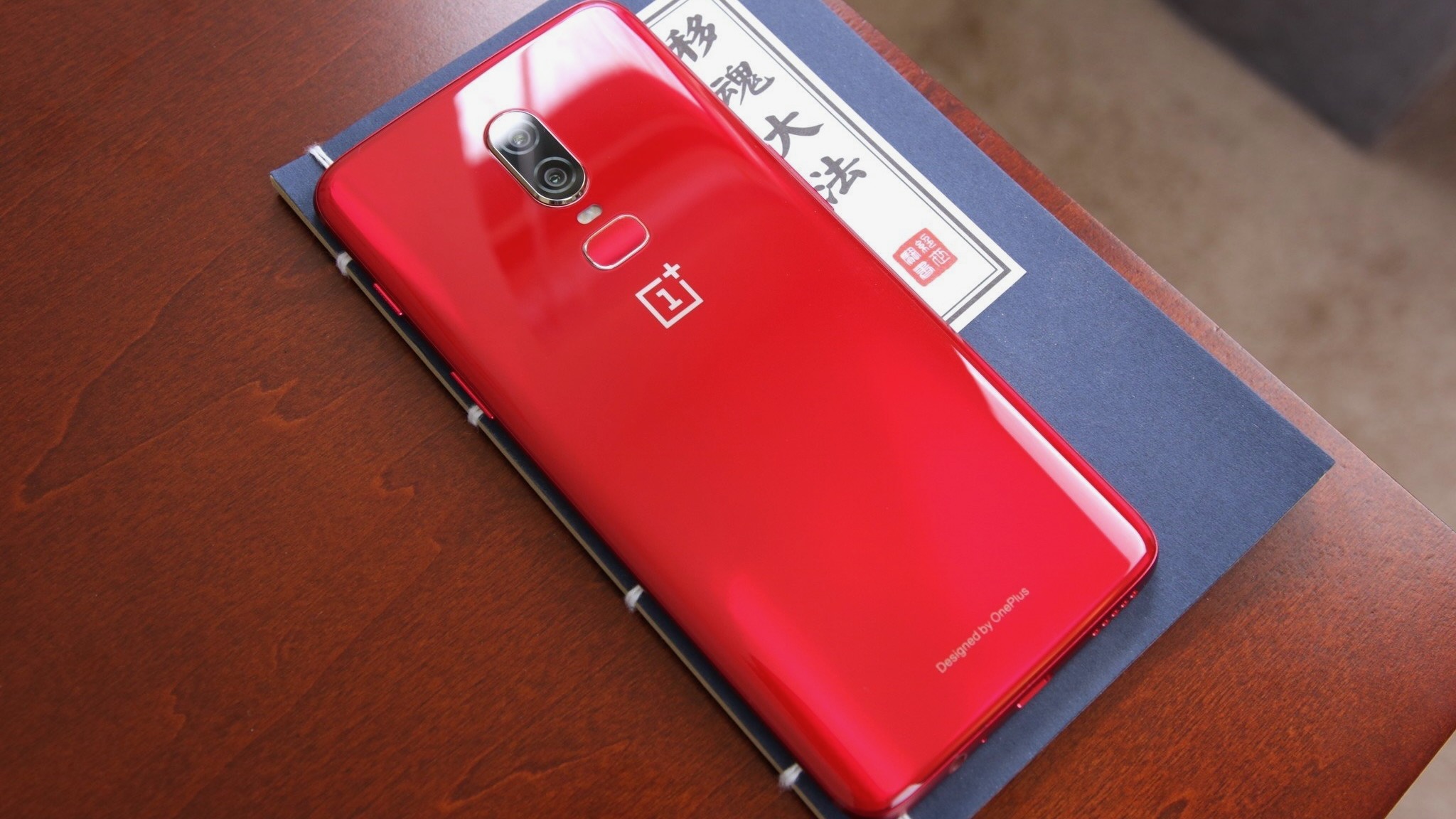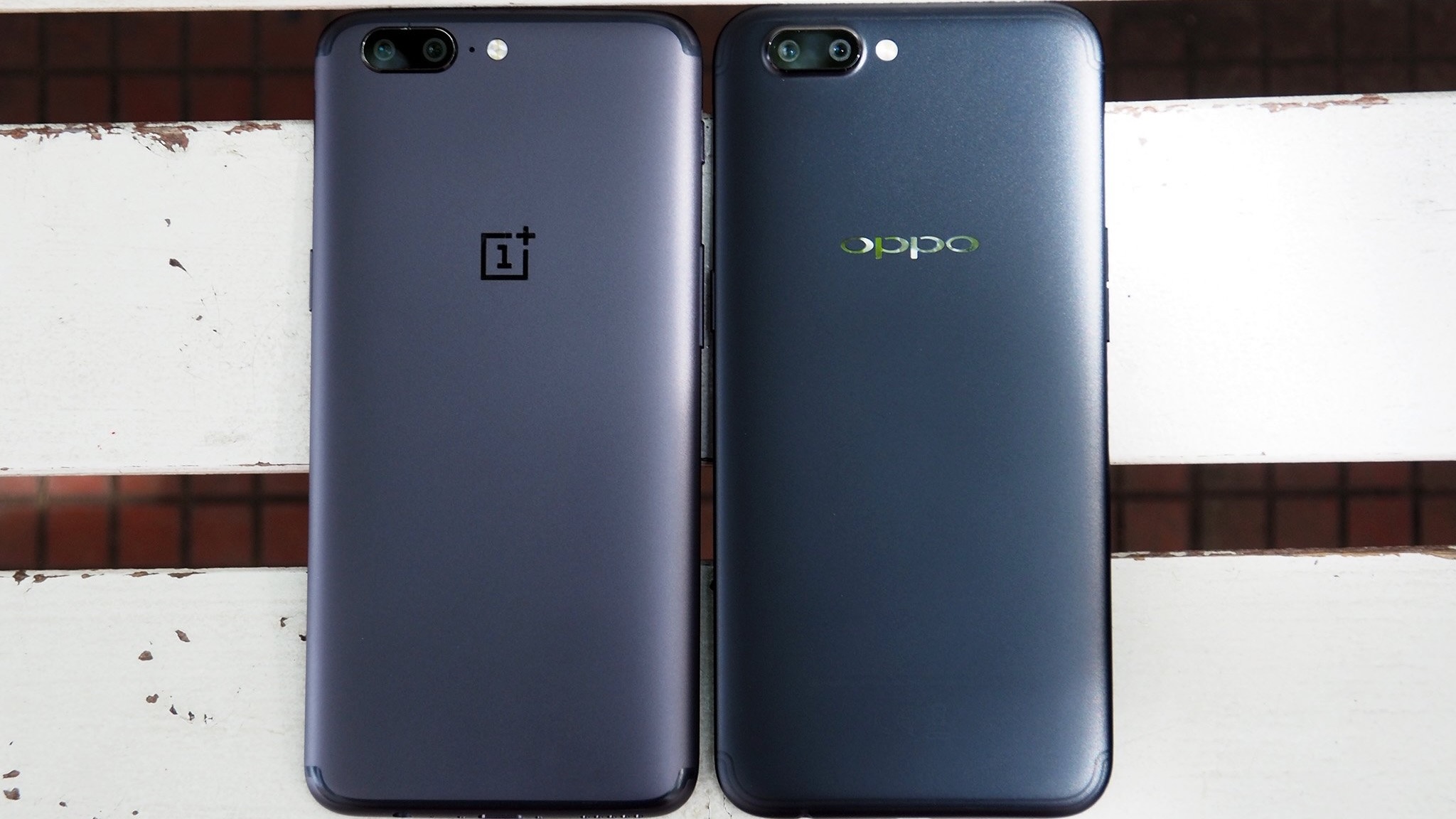OnePlus has been relegated to churning out OPPO and Realme knockoffs
OnePlus doesn't seem to have any control over its phone portfolio.

OnePlus has released a lot of phones with interesting designs and unique features over the last eight years. The alert slider continues to be a big hardware differentiator for the company, and some of my favorite designs have been OnePlus phones: the OnePlus 6T in Thunder Purple, the OnePlus 5T Star Wars Edition, and the OnePlus 7 Pro.
OnePlus' focus on design aesthetics comes from the very top. Co-founder and CEO Pete Lau often talks about how design is a key area of focus for OnePlus, and I remember one conversation ahead of the OnePlus 6 launch distinctly.
At the time, OnePlus was launching its first phone in a red color, and Lau said that he and the design team deliberated over the choices for several weeks to get the right hue for the device.

Ultimately, OnePlus went with a red hue that was $4 costlier than other alternatives (no small change when you're working on razor-thin margins), but the result was that the Red OnePlus 6 looked absolutely stunning. It's this attention to detail over every facet of the device that endeared power users to the company. But sadly, OnePlus isn't doing that any longer.
In 2022, you can sum up OnePlus's phone portfolio in one word: derivative. Instead of launching original designs that stand out from the pack, OnePlus is essentially rebranding existing OPPO and Realme devices.
This isn't the first time OnePlus has gone to OPPO for design inspiration. The 2017 OnePlus 5 was nearly identical to the OPPO R11, and OnePlus has always relied on OPPO to manufacture and distribute its phones.

But at the time, the hardware similarities didn't matter as much because OPPO didn't have a significant global presence outside a few Asian markets. Furthermore, OnePlus's efforts with OxygenOS meant that the software on both phones was very different.
Get the latest news from Android Central, your trusted companion in the world of Android
This isn't the case in 2022. OnePlus phones have the same software as their OPPO siblings, and they now share the same designs without any meaningful tweaks. This is particularly true for the Nord N series — the Nord N20 5G that launched a few weeks ago is nothing but a rebadged OPPO Reno 8 Lite.
Similarly, the Nord CE 2 Lite is a Realme 9 Pro knockoff with a wide-angle lens that isn't as good, and the Nord CE 2 is a Reno 7 derivative.
The worst offender is the OnePlus 10R; this device is a poor imitation of the Realme GT Neo 3, and it has the ugliest design of any phone I've used this year. I cannot believe that the same company that gave us the OnePlus 7T just three years ago came out with this monstrosity.

Hardware is just one part of the story here; OnePlus ran into significant issues integrating ColorOS with OxygenOS, and these are clearly evident on the 10R. The device is prone to lag and buggy in a way that the Realme GT Neo 3 just isn't — even though they're both essentially the same phone.
What's clear is that OnePlus doesn't have anywhere close to the same level of control over its portfolio under OPPO's tutelage. The way I see it, OnePlus now exists as a way for BBK to sell phones in North America.
OPPO and Realme don't sell devices in the region, so it stands to reason that BBK is rebranding existing devices from these two entities and releasing them under the OnePlus label.
OnePlus now exists as a way for BBK to sell phones in North America.
As to why that's the case now and not three years ago, it has to do with numbers. Realme just turned four this week, and the brand already has over 100 million sales to its name. OnePlus, meanwhile, is twice as old and hasn't sold even half as many units. To be fair, most of the devices that Realme sold have been in the budget category while OnePlus focused its attention on high-end phones, and that's a big contributor as to why the manufacturer hasn't posted strong sales figures in its eight-year history.
That's also why we're seeing a lot of impetus around the budget and mid-tier Nord series and not as much focus on the flagship OnePlus 10 series this year. OnePlus revealed for the first time last year that it sold 10 million phones, and a majority of those sales have been in the Nord and Nord N series.
So if you're in North America and need a budget phone, OnePlus is still a good option because there's no OPPO, Realme, or Xiaomi in the region. But if you're in a market where OPPO and Realme sell phones officially, you're better off buying from them directly.
OnePlus's derivatives cost a little less than their BBK siblings, but that isn't worth the hassle of dealing with buggy software and lackluster designs. OnePlus used to make some of the best Android phones, but that's not the case in 2022.

Harish Jonnalagadda is Android Central's Senior Editor overseeing mobile coverage. In his current role, he leads the site's coverage of Chinese phone brands, networking products, and AV gear. He has been testing phones for over a decade, and has extensive experience in mobile hardware and the global semiconductor industry. Contact him on Twitter at @chunkynerd.
